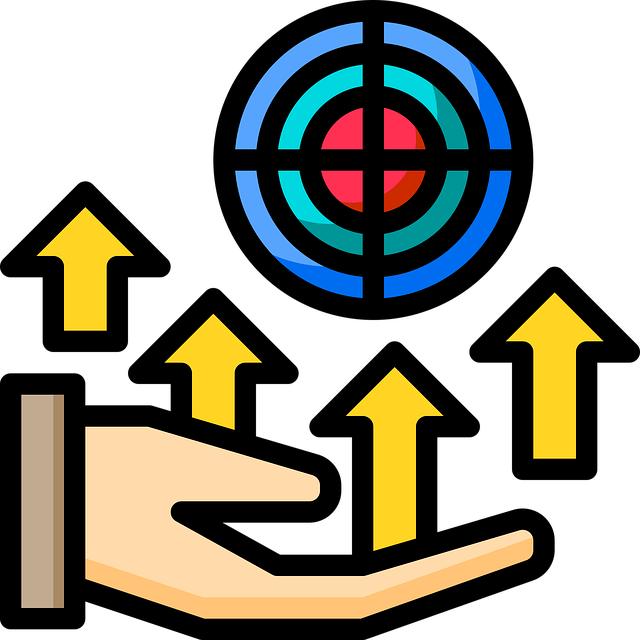AI kitchen automation revolutionizes culinary arts by automating mundane tasks like menu planning and ingredient procurement, allowing chefs to focus on creativity. AI algorithms suggest tailored recipes based on data analysis and dietary trends, while automated ordering systems maintain fresh inventory. This technology optimizes workflows, enhances food safety through precise measurements, and improves customer satisfaction by catering to diverse preferences, ultimately transforming the dining experience through efficient, innovative kitchen management. Implementing AI kitchen automation requires a strategic approach that includes understanding current processes, selecting suitable tools, continuous training, and performance evaluations to ensure effective collaboration between human chefs and AI systems.
“Unleash the power of AI kitchen automation to transform the way chefs operate. This article explores the intersection of artificial intelligence and business intelligent workflow automation, specifically tailored to the culinary arts. We delve into the benefits of integrating AI in various stages of food preparation, from streamlining ingredient management to optimizing cooking processes. Additionally, discover practical strategies and best practices for implementing AI kitchen automation, offering a chef’s perspective on enhancing efficiency and creativity in the modern kitchen.”
- Understanding AI Kitchen Automation: A Chef's Perspective
- The Benefits of Integrating AI in Business Intelligent Workflows
- Implementing AI Kitchen Automation: Strategies and Best Practices
Understanding AI Kitchen Automation: A Chef's Perspective

In the realm of culinary arts, AI kitchen automation represents a game-changing innovation for chefs. Imagine a kitchen where tasks like menu planning, ingredient procurement, and meal preparation are streamlined through intelligent systems. AI algorithms can analyze vast datasets to suggest tailored recipes based on available ingredients and dietary trends, enhancing efficiency in menu creation. Moreover, automated ordering systems ensure that the pantry is always stocked with fresh produce and quality materials, eliminating the hassle of manual inventory management.
From a chef’s perspective, AI kitchen automation offers more than just time-saving benefits. It enables creativity by freeing up chefs from mundane tasks, allowing them to focus on crafting unique dishes and enhancing flavor profiles. Automated systems can also improve food safety by precisely measuring ingredient quantities, reducing the risk of human error in preparation. With AI integration, kitchens become more responsive to customer demands and dietary preferences, ensuring a dynamic dining experience that delights palates while optimizing operational workflows.
The Benefits of Integrating AI in Business Intelligent Workflows

Integrating Artificial Intelligence (AI) into business intelligent workflow automation offers a multitude of benefits, especially in creative industries like culinary arts. AI kitchen automation for chefs can significantly streamline and optimize various tasks, from ingredient sourcing and menu planning to actual cooking processes. By leveraging machine learning algorithms, AI systems can analyze vast datasets to predict trends, suggest personalized recipes, and automate inventory management, ensuring that chefs have access to the best ingredients at all times.
Moreover, AI enhances efficiency by automating repetitive and time-consuming tasks, such as data entry and report generation, freeing up chefs’ time for more creative endeavors. It can also enable precise control of cooking parameters, resulting in consistent, high-quality dishes. With AI, chefs can explore innovative culinary possibilities while maintaining operational excellence, ultimately elevating the dining experience for patrons.
Implementing AI Kitchen Automation: Strategies and Best Practices

Implementing AI Kitchen Automation for Chefs involves a strategic approach that blends cutting-edge technology with culinary artistry. By integrating artificial intelligence into kitchen workflows, chefs can streamline repetitive tasks, enhance efficiency, and focus more on creative aspects of their work. AI kitchen automation tools can range from automated mixing and blending machines to sophisticated predictive analytics systems that suggest optimal ingredient combinations based on historical data.
Best practices include starting with a clear understanding of current kitchen processes and pain points. Chefs should then select AI solutions that align with specific needs, ensuring seamless integration with existing equipment and software. Continuous training and adaptation are key, as chefs must learn to collaborate effectively with automated systems. Regular audits and performance evaluations help optimize AI usage, ensuring it serves as a valuable partner rather than a replacement for human expertise in the kitchen.
AI kitchen automation for chefs represents a significant leap forward in culinary innovation, offering improved efficiency, precision, and productivity. By integrating AI into business intelligent workflows, kitchens can streamline operations, enhance meal quality, and create more fulfilling experiences for diners. As AI technology continues to evolve, adopting best practices for its implementation will be key to staying competitive and maintaining high standards in the culinary arts.
